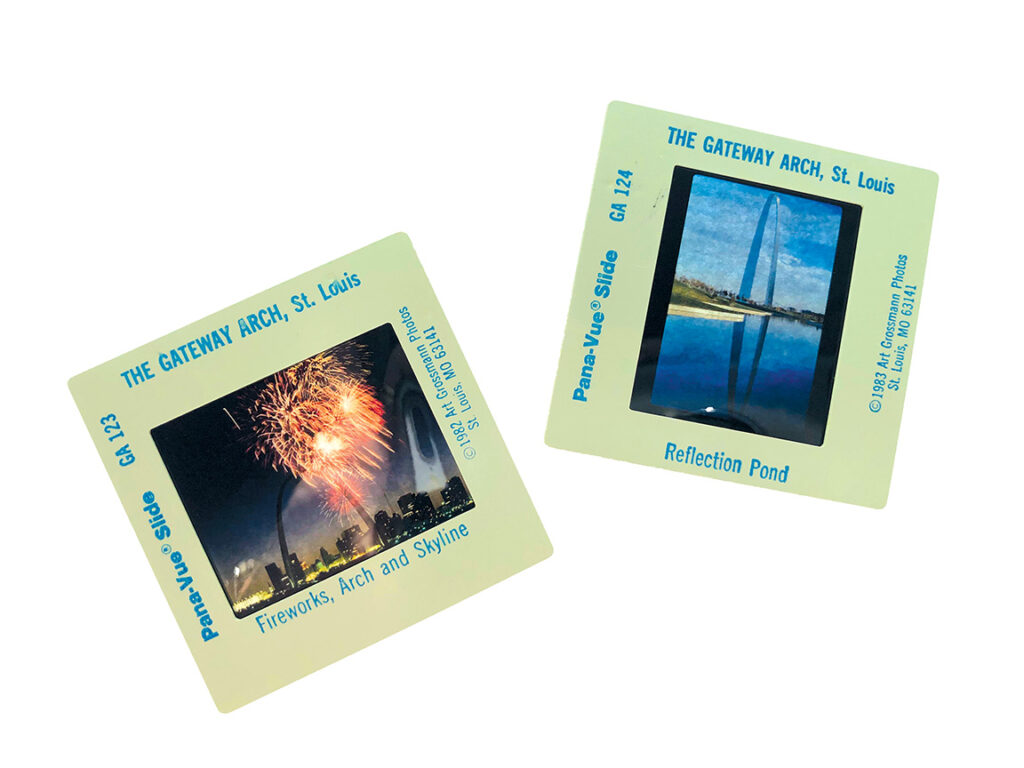
Dorri Partain
Contributor
Lights out! Everyone gather around for a slide show featuring our final destination of this year’s national parks postcard journey.
During a period when black and white photography was the norm, color slides, also called transparencies, were the easiest way to capture scenic views in vivid color. While Eastman Kodak created the color development process with the introduction of Kodachrome 64 color photograph film in 1936, it was Sawyer’s Inc. and the development of their ViewMaster reels and projectors that popularized the addition of the Pana-Vue slide and viewer.
Pana-Vue slides were introduced in the late 1950’s, with a full array of scenes available. Sold in a clear sleeve so that purchasers could view which scenes they wanted to purchase, it was an easy way for amatuer photographers to add professional images to their collections. Slides were sold in sets of 5, usually priced at $1, at souvenir gift shops and camera shops.
Additionally, slide sets of scenes from around the world could be ordered by mail; each set included this offer: “Build your slide library. Add enjoyment and variety to your projection shows. 25 Cent Catalog + Free Slide. US Scenes, Title Slides, World Travel, Historic Sites.”
By 1965, Sawyer’s was producing 2,000 projectors a day. A year later, General Aniline & Film (later GAF Corporation) purchased their line of products and continued production, but times were already changing. GAF discontinued their line of cameras, films, and projectors but continued to produce Pana-Vue slides and viewers. Pana-Vue viewers were used mostly for cataloging and sorting slides and not suitable for projection shows.
These Pana-Vue slides featuring the Gateway Arch were copyrighted in 1982 by noted archway photographer Art Grossman (1916-2012), who shot thousands of images of the arch at all angles. Grossman also published most of his images as postcards as Argro Photo and Postcard Co.
Purchased at the Jefferson Expansion Memorial’s gift shop, this slide set offered five views; two of the arch (one day, one night), an aerial view, a view from the top, and one taken inside the Observation Room at the top of the arch.
















